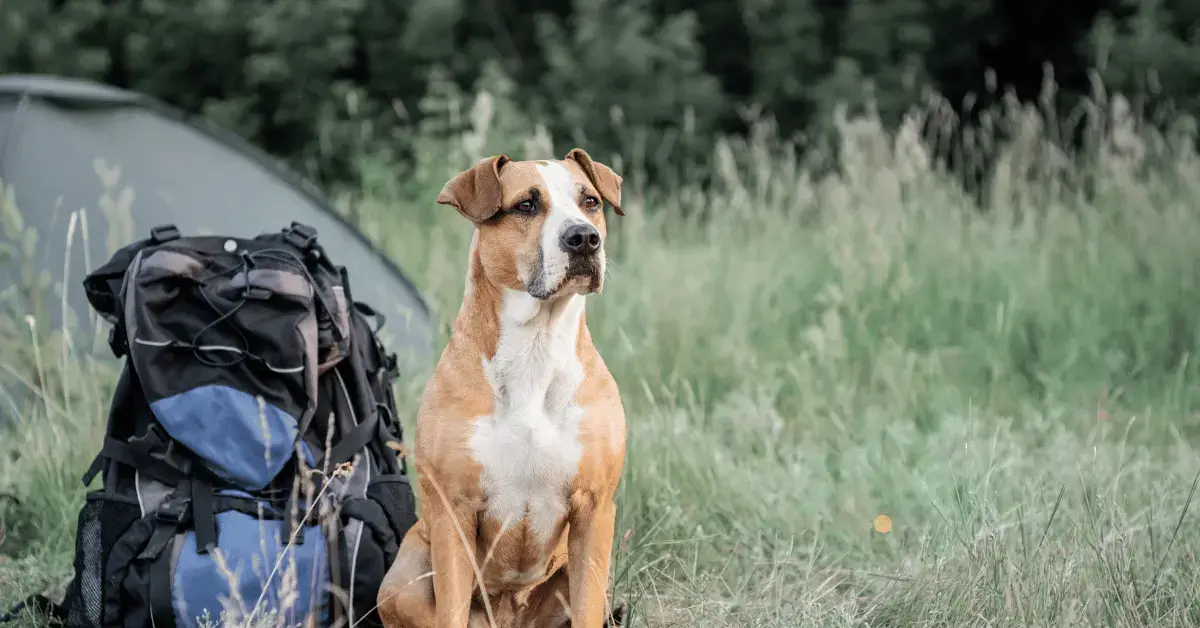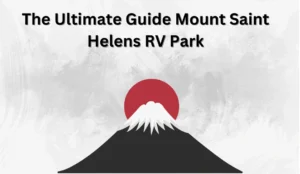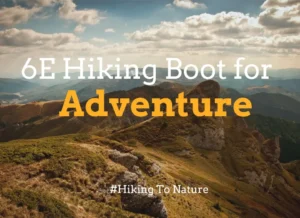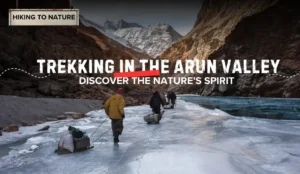Are you looking for a hike that offers stunning 360-degree views of New Zealand’s Southern Alps, Lake Wakatipu, and surrounding valleys?
The Mount Alfred walk is a true hidden treasure. It offers a mix of wooded pathways, a tough climb, and stunning views from the peak.
In this Blog, We will discuss everything you need to know about hiking Mount Alfred—from trail details to essential tips for a safe and rewarding experience.
Table of Contents
What You Need to Know about Mount Alfred Hike
Before you lace up your boots and head to the Mount Alfred trail, a little preparation can ensure you have a safe and enjoyable hike.
Distance and Difficulty
Although climbing Mount Alfred is around 6 or 7 kilometers, this is relatively easy. The track winds through a thick forest and starts easy, but it becomes steep as you climb. By reaching the halfway point, your legs will burn from the 1,100-meter elevation increase.
The track is easygoing initially, but the last ascent to the peak is more challenging and calls for muscular physical fitness and a fear of heights. This walk is well worth it if you enjoy the adventure as much as the reward of a breathtaking view.
Fitness: Got Stamina?

You may reconsider this exercise if going for a stroll to the coffee shop counts as a workout. Those in moderate to high physical condition should attempt the Mount Alfred walk.
You do not need to have marathon running abilities. Still, you must be able to walk for several hours on varied and often rugged terrain. Go at your own pace, stop and relax when needed, and savor every breathtaking view.
Dog-Friendly? Sorry, Pups Gotta Sit This One Out.

You can’t take your pet up Mount Alfred, unfortunately. Because the trail goes through a protected area, dogs aren’t allowed to help keep the local species safe. Despite how much fun the journey could be for your dog, they should stay home for this one.
The Unexpected: Mud, Wind, and Some Serious Views
The route starts to throw some unexpected turns at this point. Mud is a common obstacle in the woodland, particularly when it rains.
Bring waterproof boots to keep your feet dry if it has been raining recently; otherwise, be ready for slick and muddy terrain.
Brace yourself for some heavy wind after you emerge from the forest. When the winds become strong enough, you could feel like you’re fighting the elements on the exposed upper sections. This shouldn’t deter you, though.
The breathtaking view from the peak makes braving the wind worthwhile.
Are There Any Permits or Fees Required?

No costs or licenses are needed to ascend Mount Alfred, which is excellent news! The fact that this route is accessible to everyone and doesn’t cost anything is a great perk when organizing an expedition. But remember this: there are a few things.
Private Land Warning
While a permit is optional for the trek, one must traverse private farmland on a portion of the trail’s lower half.
Thankfully, the landowners have granted public access, but please do not disrespect them.
Remember to stay on the designated trail, not disturb cattle, and leave gates open if they were open and closed, respectively, when you locate them.
Parking
You’ll have to park along the roadside near the trailhead because there isn’t a dedicated parking area. There is no cost to park.
However, there may not be enough spots, particularly during the summer when it is most popular. Get there early to secure a position and not obstruct driveways or other private roads leading to farms.
There is no red tape, no costs, and the most breathtaking view imaginable. Get your boots on and hit the trail!
What Wildlife Might I Encounter on the Trail?
Along the route, you might see some rare and exotic animals that call Mount Alfred home in New Zealand.
Birds:
- Tui: Melodic calls and white throat tufts.
- Fantail (Pīwakawaka): Curious and friendly, often flitting around.
- Kea: Cheeky alpine parrots near the summit—watch your snacks!
Insects:
- Sandflies: Small but irritating, especially in forested areas. Bring insect repellent.
- Wētā: Large, harmless cricket-like insects you might spot.
Mammals:
- Possums & Stoats: Introduced species, primarily nocturnal, so rarely seen.
Livestock:
- Sheep or Cows: You may pass through farmland, so expect to see these on the lower parts of the trail.
Keep your distance and enjoy spotting some of New Zealand’s unique wildlife!
Essential Items to Pack for Mount Alfred Hiking

Mount Alfred has no restrooms or water sources, so being fully prepared is vital. Here’s a quick list of must-haves:
Water (2-3 liters): No water sources on the trail.
Snacks: Energy bars and trail mix—no food options are available.
Hiking Boots: Essential for steep, rocky, and muddy terrain.
Waterproof Jacket: Weather changes quickly, especially at higher altitudes.
Sun Protection: Hat, sunscreen, and sunglasses—the upper trail is exposed.
First Aid Kit: Blister pads, bandages, and basics for safety.
Trekking Poles: Helpful on steep inclines and rocky sections.
Toilet Paper & Hand Sanitizer: No restrooms—pack out all waste.
Map or GPS: Stay on track, especially in bad weather.
With these essentials, you’ll be ready for anything Mount Alfred throws your way!
Is the Trail Well-Marked and Maintained?

The Mount Alfred trail is partially marked and moderately maintained.
How to Stay Safe on Mount Alfred Trail
Mount Alfred is a fantastic hiking destination, but your safety must always be your priority. For a risk-free journey, consider the following:
Check the Weather

At higher elevations, the trail weather might change quickly. If bad weather is predicted, check the forecast before you start trekking. The path is only sometimes safe, especially in wet and windy weather.
Start Early
Starting early in the day is best if you don’t want to avoid being caught in the dark when hiking down. Allow plenty of daylight since it can take four to six hours.
Wear Proper Gear
Due to the high inclines and rocky terrain, sturdy hiking boots are essential. A waterproof jacket is also needed because rain is prevalent even in the summer.
Bring Plenty of Water and Snacks
Be sure to bring plenty of food and water because the trail has no water sources.
Stick to the Path
You can prevent getting lost or hurting the ecosystem by staying on the most used path, even though some trail regions may need better signposts. For guidance, consult a map or set your GPS.
Watch Your Step
The higher part, particularly after rain, can be rather slick and rocky. Slow down and keep an eye out for falling pebbles. Get out of there immediately if the weather gets too bad.
Tell Someone Your Plans
Notify someone of your intended hiking route and when you anticipate returning. This basic but essential safety measure is paramount, particularly in more isolated places like Mount Alfred.
Following these guidelines will make climbing Mount Alfred much easier and safer.
Mount Alfred Trail Location Details and Directions

Mount Alfred is nestled between the picturesque Dart and Rees valleys and the quaint hamlet of Glenorchy in the South Island of New Zealand. The surrounding landscape is very breathtaking. So, here’s the deal:
Location:
- Region: South Island, New Zealand
- Nearest Town: Glenorchy (15-minute drive)
- Proximity to Queenstown: Approximately 45 minutes by car from Queenstown.
Directions:
From Queenstown:
Drive along the scenic Glenorchy-Queenstown Road for about 45 minutes.
Once you reach Glenorchy, continue on Glenorchy-Paradise Road for about 12 kilometers (15 minutes)
From Glenorchy:
Head north on Glenorchy-Paradise Road until you reach the base of Mount Alfred near Diamond Lake. The trailhead is not marked, so watch for the gravel parking area.
Why Mount Alfred Trail is Special

Mount Alfred is a one-of-a-kind destination that combines stunning vistas with seclusion and excitement.
The ascent was difficult, but the amazing views of Lake Wakatipu, the Southern Alps, and the Dart and Rees Rivers from the peak were well worth it. This hidden gem offers a serene, less touristic experience than busier paths.
The varied scenery along the trail, which ranges from a verdant forest to rocky alpine terrain, adds variety and intrigue. On top of that, the visual beauty is enhanced by its close vicinity to Paradise and Glenorchy.
This trail is ideal for daring walkers because of the challenging climb, which leaves you feeling accomplished.
What is the Best Time of Year to Hike Mount Alfred?
During the summer months of December through March in New Zealand, hikers can enjoy Mount Alfred at its finest. That’s why:
- Weather Conditions: With longer daylight hours, warmer weather, and clearer skies, climbing steep terrain is much more fun and safer in the summer.
- Winter Hiking: You can still hike the trail in the winter (June to August), but the higher sections are usually covered in snow and ice, which makes the hike much more treacherous and difficult. Only seasoned hikers equipped with the right gear should attempt winter excursions.
- Shoulder Seasons: If you’re hoping for spring (September–November) or fall (April–May), you should be prepared for milder temperatures and more rain than usual.
When the weather is most excellent, and the sights are most apparent, it’s preferable to go in the summer.
How Long Does It Take to Complete the Hike?
The Mount Alfred hike typically takes between 4 to 6 hours to complete.
Hiking Responsibly: Leave No Trace

Hikers must adhere to the designated trail when ascending Mount Alfred to prevent erosion and plant damage.
There are no garbage cans or recycling bins along the path, so bring all your food and toilet paper.
Keep the environment undisturbed for the benefit of future generations by returning rocks and plants to their native habitats.
Respect Wildlife
Be careful not to come too close to the creatures you are watching to avoid disturbing them.
Refraining from feeding the animals would disrupt their natural eating and behavior patterns. Therefore, it’s best to keep noise to a minimum.
What Should I Do in Case of an Emergency?

Call 111, New Zealand’s emergency hotline, and provide your location if you have cell phone coverage. Attempt to ascend to a higher vantage point for improved reception if service is unavailable and it is safe.






